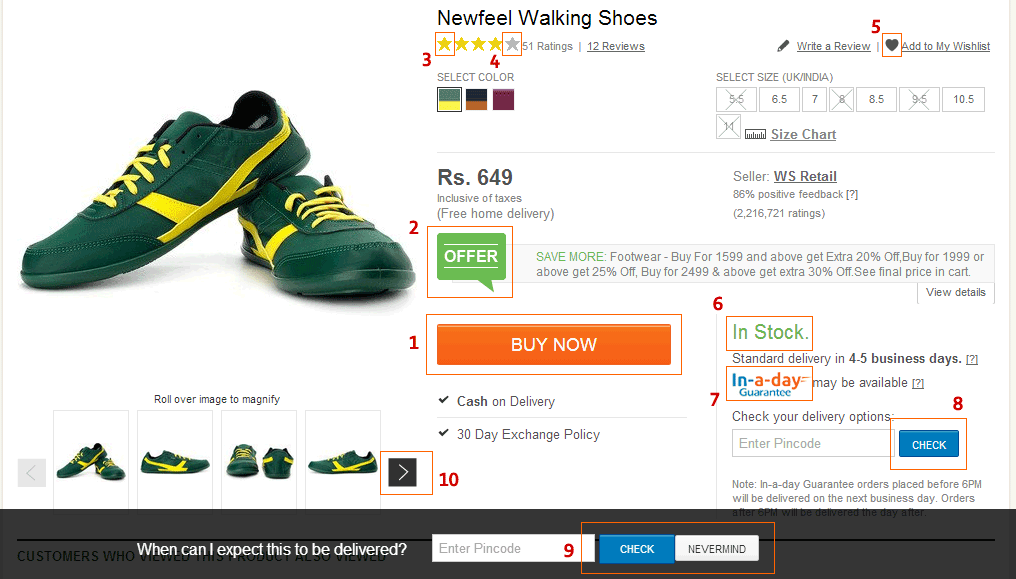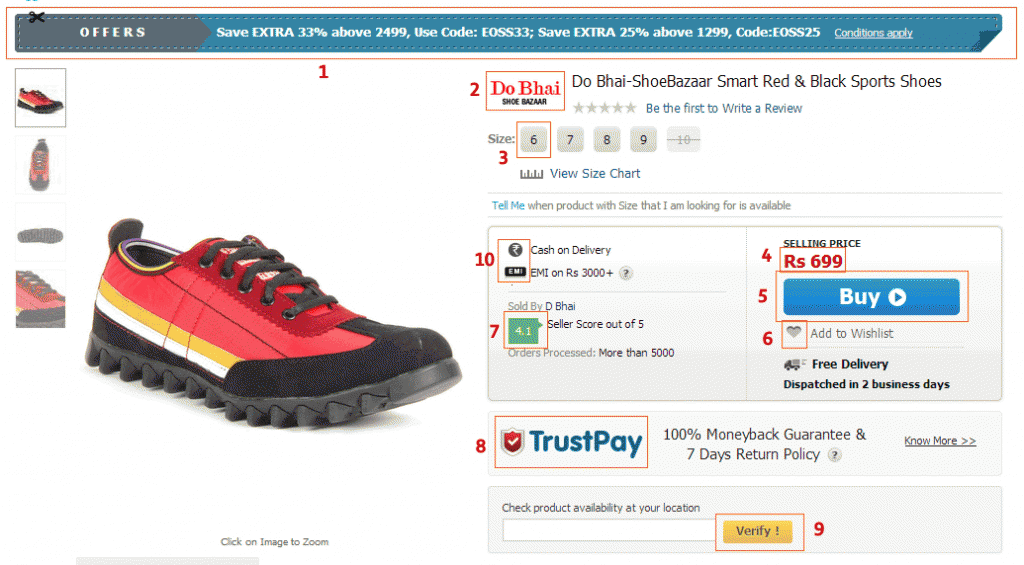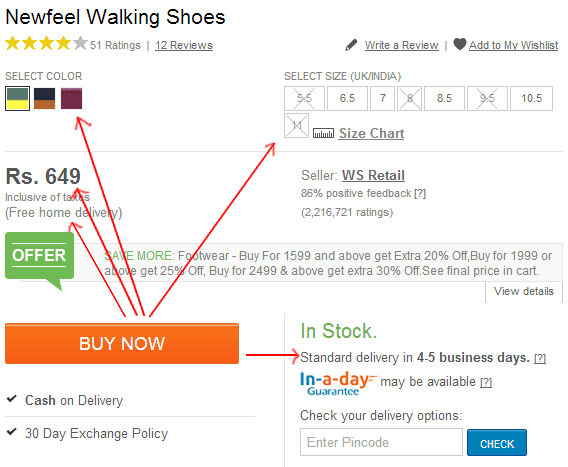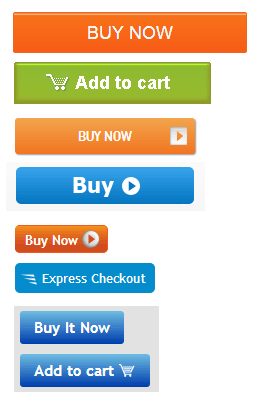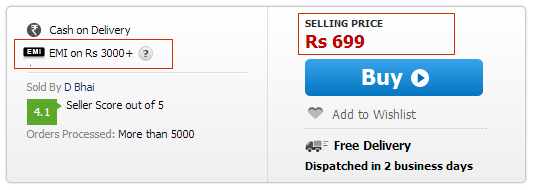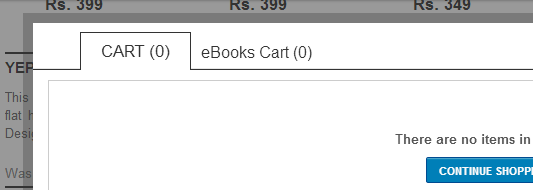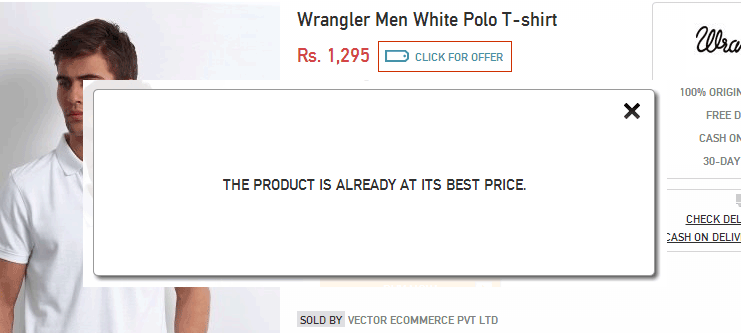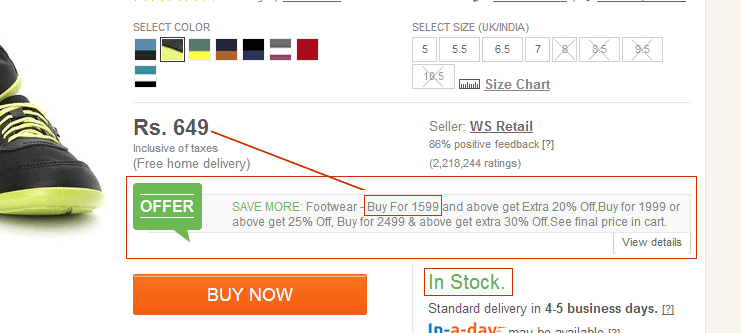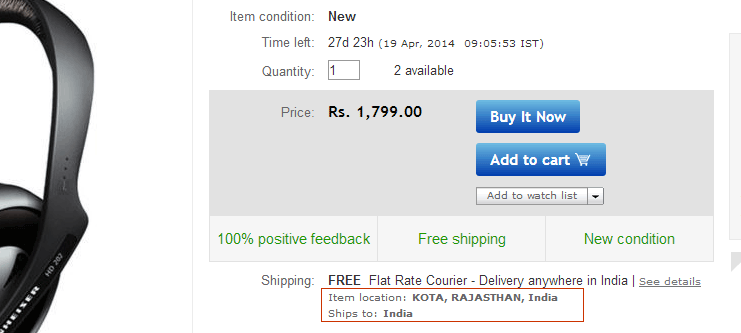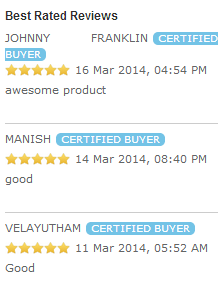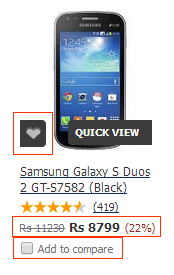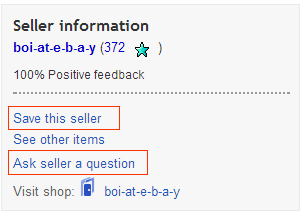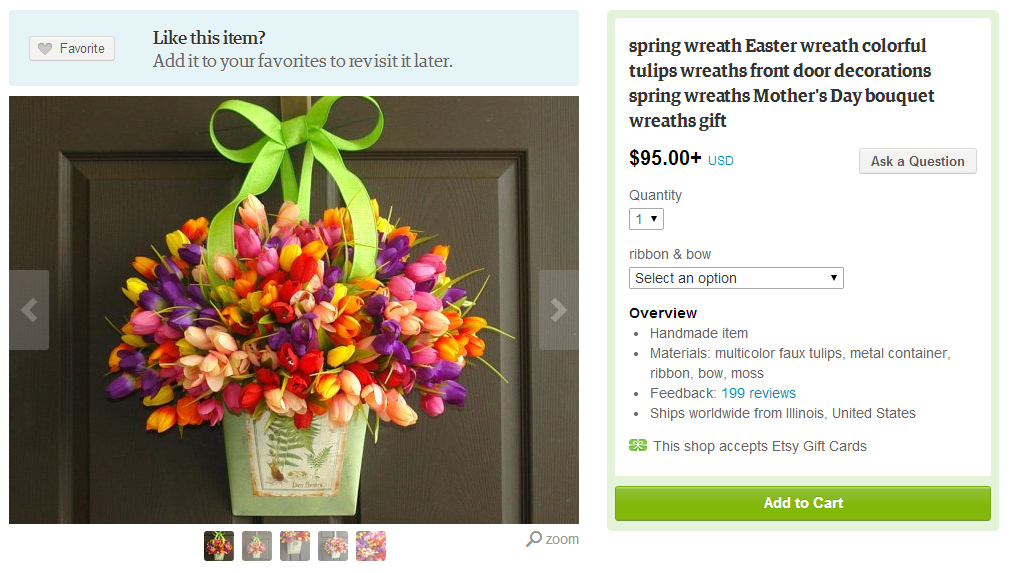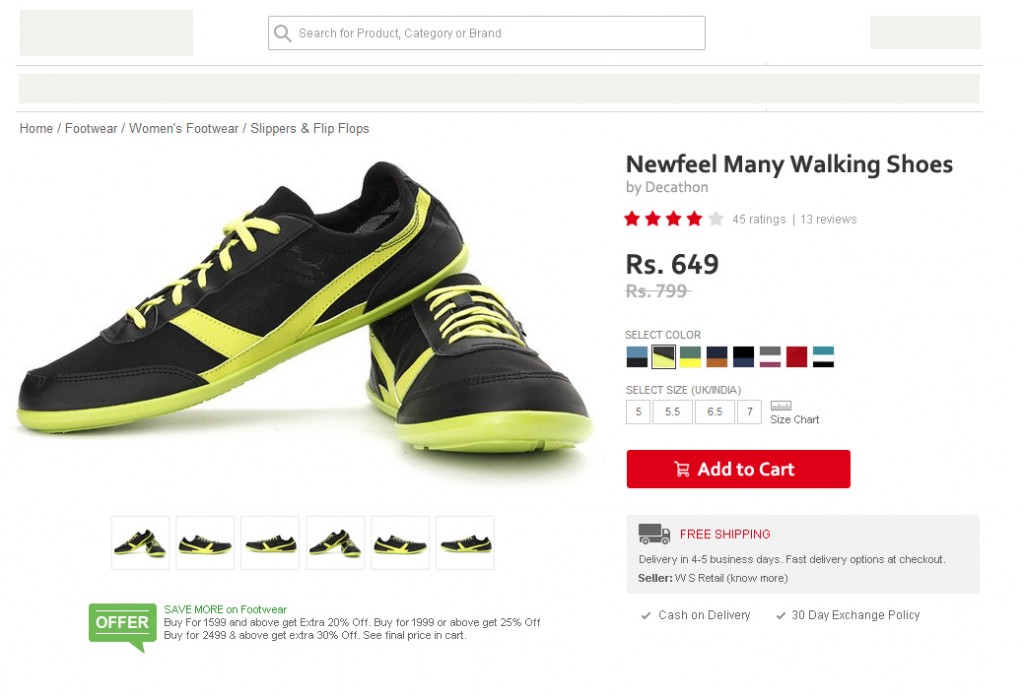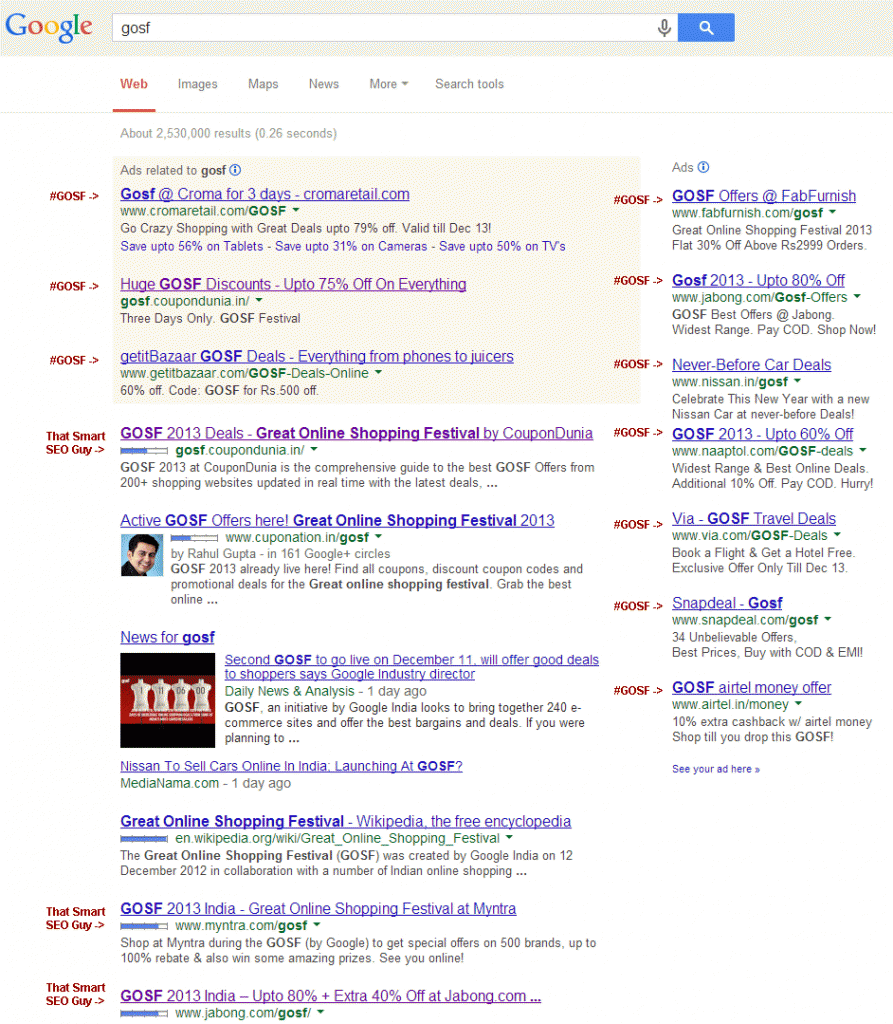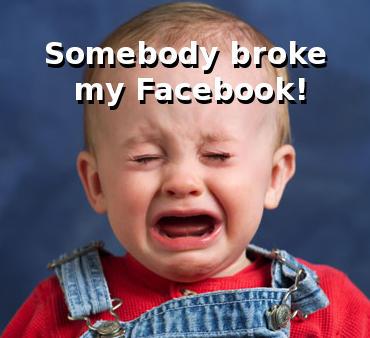We started our journey with Dhan last year on Muhurat Trading day of 2021 and it has been an exciting ride ever since. To be honest we have struggled a bit in our early days and it took a while for us to figure out our direction, approach and way forward. Even right now we are in our early days, Dhan has been in the market for just 10 months and we launched 5 platforms (Dhan app, Options Trading app, Dhan web, TradingView console and DhanHQ APIs), with that we have a long way to go.
The industry is nearly 150 years old and most of the largest 10 stock brokers who possibly are our biggest competitors have been in the business for more than a decade. The stock broking industry has witnessed major and also rapid changes through recent years – while one can classify most brokers as Traditional, Bank Operated or Discount Brokers, the reality is that everyone (almost 90% of industry) is into discount broking today.
Being a startup we get a lot of advice on disruption – and the common thread is to disrupt by pricing. Which means – either make the pricing or brokerage completely zero or introduce monthly subscription fees or one-time annual / life-time fees. We are well capitalised and with that comes more unsolicited advice – just make prices zero (read brokerage zero), capture market share and then raise more money from VCs. Having personally seen and tracked many of these tips, advices or hacks in the playbook – at Raise / Dhan, we are doing things very differently. We are very customer obsessed + massively focussed on a product & technology led growth, I have written briefly about that here.
But this post is not about our approach, it is largely on why we would not want to compete on pricing and possibly never will – and some perspective on the Stock Broking industry and way forward.
#0 We are building a business, not startup.
As a team, all of us at Dhan know from day zero that we are building a business. We are very serious not just about product, technology and customer service, but also about our spends, revenues & profitability.
We have signed up for building a business, and not valuations like most startups. Invest-tech, while it is a hot vertical right now amongst fintechs with multiple plays in the startup ecosystem – there are 8-10 companies that are traded publicly on Indian stock markets. No business is valued at more than 20X of its revenues, so it’s best to stay grounded for and build a business, not valuations.
#1 Revenues justify a business, not valuations.
India, we now have many startup stories of ones that offered products & services for free or at zero cost, to growth hack themselves. Its to be always remembered that when you invite / acquire users with incentives or freebies – 9 out of 10 come for the incentives and not for the product or customer experience. In most cases when incentives when taken away, growth gets stalled, retention rates drop and customers churn. And when growth stalled, so did valuations and even if these startups have higher valuations, their revenues don’t justify that.
#2 Stock Broking is a commodity business. True differentiation comes from Product, not with Pricing.
At Dhan one of our core beliefs is that the true disruption comes with product & innovation, not with pricing. Disruption with price is a much easier choice to make. Wealth / Invest tech specially is a super commodity business – be it Stock Broking, Mutual Funds or almost much of it. If you can’t differentiate on product & customer experience, there is very little that is left to do.
Personally for me as well, I am a big believer on this – for instance when I founded and led Paytm Money, it was the last player to get into the mutual funds business and in less than 18 months it got a market share of over 50% of all direct SIPs in MF industry and 18% of overall new investors added in a month. I do get feedback from many that it was for Paytm’s distribution and all, but to that argument most people forget that Paytm Money was an independent app & product from day 0. That aside with all distribution it has access to even today – Paytm Money now is reduced to a mere 5% market share in new SIPs and is nowhere considered a serious player in the industry. In my view, it is a perfect example of – when you lose the edge, you lose the game.
#3 Interoperability is coming soon, the edge will be Product, Tech and Customer Service.
The edge in Invest / Wealth tech now and also going forward will be product, technology and customer experience – and one of the reasons for this is how quickly this industry is going to become inter-operable.
Today the underlying infrastructure has become interoperable – KYCs can be updated or fetched across KRAs, Exchanges trade most common stocks, stocks can be moved between Demat Accounts, Clearing Corporation, and so on – in sometime from now it will become super easy for anyone to switch Stock Broking platforms as well. I know it’s possible even now through services like Easiest, but it will become super simple and easy. With that happening, without a better and differentiated experience – there is no place for a newer or existing player to grow. We also learned this the hard way – when we launched in Nov 2021 our traction was minimal for the first 3 – 4 months as there was not much to differentiate, while in the last 4-6 months we have started moving in the right direction based on lots of customer feedback and shipping things faster. Yes, still in our early days.
However, doing what we do – this does cost a thing; we are investing (or in startup terms burning) about $1Mn USD every month. So without deep pockets and investments in business, it will be difficult to make a cut for new players. We also have tracked a few new players who have launched with or after us – and they will also have to go through this journey and it’s tough! For existing stock broking businesses – be it traditional, bank owned or even fintechs, many are witnessing churn every month in their user-base.
One of my personal observations has been – you can’t grow exponentially in this business by spending lots of money on marketing, growth or customer acquisition. Yes, we do spend in bits and pieces, as much minimum we should but about 90% of our spends are in product, technology and customer experiences and just about 10% in pure-form of marketing. The decay in returns for every additional rupee spent in marketing kicks in fairly quickly.
To summarise this – for new players to grow you will have to innovate and for existing players to survive they will also have to innovate. Large existing distribution (for example in case of online players – Paytm, or large offline distribution) does not guarantee success in this vertical. Interoperability is a double edged sword for this invest or wealth tech businesses.
#4 Unlike the US, in India investment platforms have fewer opportunities to make money.
India, isn’t a market like the US where stock brokers (like Robinhood) could make revenues from alternative means like sharing of order flow information with large market makers, or offer non-regulated crypto products to their investors.
While Robinhood started as investing in stock markets, it was able to cash on the opportunity to let its users invest or trade in Crypto which later formed the majority of its revenues. This won’t be true for Indian startups – by now everyone knows how Indian regulators think of Crypto. For some time, let aside Crypto, Indian regulators are not even comfortable with regulated investment platforms offering non-regulated products like Digital Gold. With that, yes – there are only limited things one can do in India to make money as a business in the wealth & investment industry.
That said, some of the non-regulated businesses that are into Crypto, CFD, Stock Games, Social Trading etc are making plans to make entry in regulated businesses like distribution of Mutual Funds, Stock Broking, Advisory and likes. If they are permitted to license to enter and operate, it will be an interesting turn of events and open up lots of opportunities for regulated players like us.
#5 Everyone in India is now a discount broker.
Yes, this statement is true. There are many stock brokers that offer brokerage pricing less than the industry standard of INR 20, or with one-time / monthly plans and some even offer life-time free brokerage for free or few who say we charge money on profitable trades or likes.
There are many things to note here –
a. By data, such broking platforms collectively contribute < 0.5% of accounts in India and they have been operating for a while now. It has not happened that everyone dumped their existing broking accounts and signed up for the free or cheaper alternatives. There are reasons why this didn’t happen.
b. With aggressive pricing on zero brokerage, many such platforms outsource most of the things to do – app or web, technology, customer service, operations, product, infrastructure, devops, use off-the shelf products that are not customised to user’s needs, have not been tested for scale and more. And few of them outsource everything to 3rd party vendors and outsourced software developments or operations.
c. Broking is a super complex product with thousands of moving pieces that have to work. After spending about 2 decades building many products myself – I can say that with confidence that it’s one of the most complicated fintech products. The day something goes wrong with the stock broking system – it has chances to wipe-out your profits. And you don’t want to be in a situation where your broking platform is not able to come back within a few minutes in market hours, let go for a few hours. The best of broking platforms go down for multiple reasons, there have been instances where exchanges do as well. So yes, you need a dedicated team, resources to ensure everything runs smoothly.
d. Most of the serious traders who we meet, are more focussed on their trades, positions & trade setups v/s brokerage. Their expectation is a super reliable platform, which is the need of most traders – but with platforms that don’t make money – won’t have money to invest and build one. This is one complex circle.
e. Many first time traders at times even consider charges applied by STT, Exchanges, SEBI, DP, Taxes as ones by brokers. For clarity – these are outside of brokerage and will be there across all broking platforms.
#6 The notion of Float Income or Market Making / Development Fees.
One of the biggest justifications that I have heard for zero / lower brokerages is – brokers can make money from exchanges for higher volumes in trading at scale and float income. Yes, this is true – some large brokers do make money for higher trading volumes.
For that to play out, brokers need to become significantly large and there have been broker platforms for years with lower or no fees, they are not there yet. Also it has to be noted that such rebates for high volumes are passed by exchanges for market development. It has to be understood that NSE is an exchange / market intermediary and also a private company that is expected to IPO in the coming years. Shareholders would want to increase profitability for NSE, chances are these market development fees can be reduced slightly or significantly or can also be removed completely. NSE, is the largest derivative exchange in the world – and now for 3 consecutive years. In my personal opinion – it doesn’t really need further market development, and the current market can sustain volumes on the NSE without these rebates.
With respect to float income – now regulations like mandatory settlement of non-trading accounts and quarterly accounts takes out most of the float income that was an opportunity earlier. Additionally there are pressures with higher interest rates and increased working capital requirements, mentioned ahead in this post.
#7 Market size, client acquisition & pricing trends.
What’s happening in the Stock Broking industry that many end up misinterpreting – about market size, pricing and changes.
Well there is lot honestly, and every day we learn something new – some of the examples that I can share are:
a. For some odd reasons – size of Stock Broker is considered by how many clients they have. While according to depositories there are now more than 100 Mn demat accounts, the active demat accounts will be about one-third or somewhere like 30-35 Mn. Active daily traders at the max will be 1.5-2 Mn.
b. User acquisition or client acquisition was highly gamified, it still is. You will see a significant churn of users after 12 months for all acquisition that is done incorrectly, the retention of these channels or such behavior is < 10% – so 9 out of 10 users will become inactive.
c. There are 3-4 different cohorts that India invest-tech has – about 1.5-2 Mn intraday traders, about 15-20 Mn investors who have been in markets more than 2 years and another 15-20 Mn users who have entered in markets post Covid-19.
d. Innovation in Traders product is super difficult to build (we are focussed here), and plain Investor products are just too many – as again, it’s a commodity business.
e. It’s already happening, few brokers who were charging INR 10 per trade have moved to INR 15 / 20 in recent years. Few are charging INR 50 square-off charges to ensure there are no loads on order management systems while markets close, and few are charging INR 40 for exception trades when broker is funding margin obligations.
f. Outside of just 4-5 brokers including Dhan, today almost everyone including fintechs charges for Delivery based trades. There may be a situation where all stock brokers who are serious about building a sustainable business will start charging for delivery trades.
While everything above makes a point, it is also true that the best days of Indian Stock Broking industry are yet to come. Some wise words of Rakesh Jhunjhunwala sir here.
#8 Capital Requirements for Stock Brokers are expected to go up.
Capital Requirements for running a Stock Broking business going up is an understatement, because they will go up dramatically. While through the post I have focussed a lot on investments in product & technology alone, there are two more additional things that a Stock Broker has to consider – Cost of Compliance & Cost of running Financial Operations.
Compliance requirements alone have almost resulted in many small & mid-sized stock brokers to leave the business and the working capital requirements for Stock Brokers are intense, for starters one has to understand the changes put forward by SEBI with respect to segregation and monitoring of cash, collaterals and margins. Our friends at Zerodha has done a detailed post about this here.
Outside of the above, there are capital requirements for connectivity with exchanges, technology infrastructure, data, cost of onboarding, and many more – not factoring in costs of people & customer acquisition. We can keep going on and on, but just for the note: Dhan despite still being a new stock broking platform has carved out significantly higher capital for such requirements just to ensure that our users are able to invest & trade seamlessly.
#9 All that is fine, but why doesn’t Dhan offer Zero Brokerage while few others are doing it?
Few reasons, our thought process with Dhan is that we will focus on product & customer experience.
a. Currently, (and with all data) I can say that broking platforms that are free or monthly plans make up less than <0.5% of industry. We may review our position on this later, but for now our position is we stay where > 80% industry is or what the industry benchmark is.
b. It’s easy to compete on pricing while it is extremely difficult to compete on better product experience. Business & sales minds will compete on what’s easier to do in least time and lowest effort – which is pricing. Product & technology minds will compete on what matters the most to them and their users – the experience.
c. Just by simple common sense, it is important that your stockbroker makes money. We have enough examples in India of many instances where brokers shut the shop for whatever reasons and left their customers high & dry.
Concluding Notes
To reiterate and reemphasise again – the stock broking industry in India is very different from one across the globe. We have a very strong and active regulator when it comes to capital markets.
With increased competition in the industry, limited market size and the current and upcoming costs/capital requirements for running a stock broking platform for both – new or existing players it will be very difficult for anyone to offer stock broking platforms at free or zero brokerage. Some may just do it initially to gain traction or build buzz, but will eventually miss out on creating an edge in product, technology and customer service – which is must for any Invest / Wealth tech startup – where everything outside ‘Trust’ is a commodity.
Bit background – one of the reasons why most of the regulatory changes have come by in the Stock Broking business in India is because of a few bad apples – cases where brokers shut shop and left their customers high & dry. While these are few and exception cases, unfortunately that’s how the regulations get formed and shape the future of a regulated industry.


